So Many Micro Four Thirds Lenses to Choose From but Which is the Best for the Blackmagic Studio Camera?
Now that you’ve decided to go ahead and get stuck in with a Blackmagic Studio Camera, you’re probably wondering which is the best lens, or lenses, to use with it?
Well, having experimented with a variety since 2017 I have some good insights and recommendations for you, that should result in a great studio camera experience.
If you’re still not sure on whether a Blackmagic Studio Camera is for you then check out my article on them here.
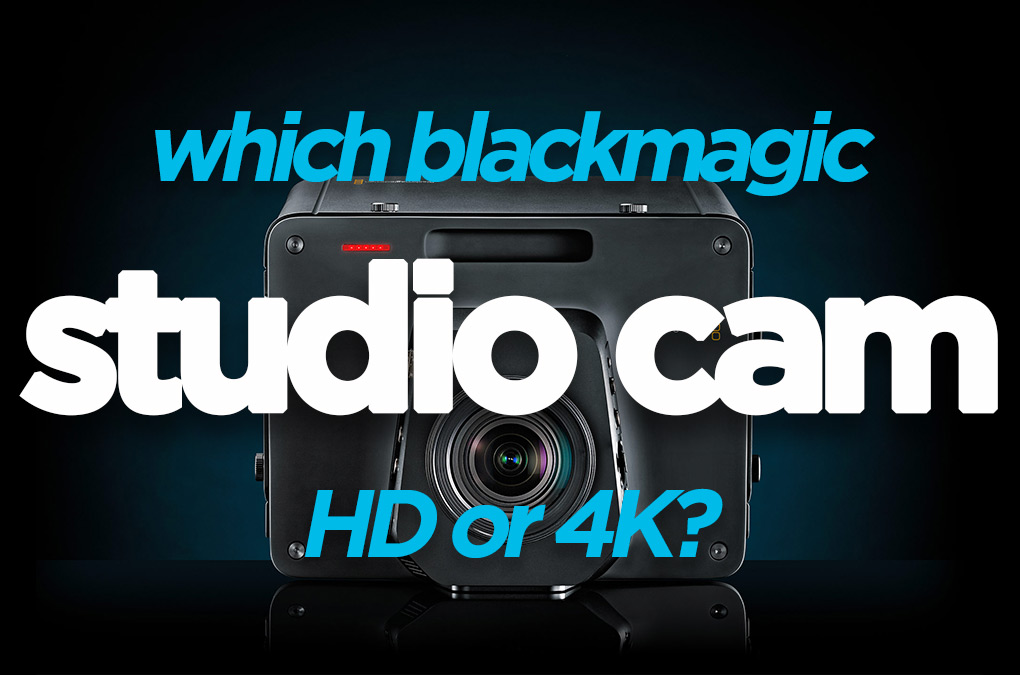
As it’s nearly sales season why not see if some of the lenses mentioned here are in the Black Friday and Cyber Monday deals to grab yourself a bargain.
Lenses Discussed in This Article:
DISCLAIMER: This post may contain affiliate links. We make a small commission if you buy the products from these links (at no extra cost to you). As an Amazon Associate, I earn from qualifying purchases. But we only recommend products we would use ourselves. For more information, click here to see our disclosures.
| Olympus M.Zuiko Digital ED 9-18mm F4.0-5.6 Lens | $600-700/£450-600 | Check Price |
| Panasonic Leica DG Vario-Elmarit 8-18mm f/2.8-4 ASPH. Lens | $1,000-1,100/£900-1,000 | Check Price |
| Sigma 16mm f/1.4 DC DN Contemporary Lens | $350-450/£300-400 | Check Price |
| Panasonic LUMIX G 14mm f/2.5 ASPH II Lens | $200-300/£150-250 | Check Price |
| Canon CN-E 18-80mm T4.4 COMPACT-SERVO Cinema Zoom Lens | $4,600/£4,000 | Check Price |
| Panasonic Lumix G X Vario 12-35mm f2.8 II ASPH Power OIS | $800-1,000/£700-850 | Check Price |
| Panasonic Lumix G X Vario 35-100mm f2.8 II Power OIS | $900-1,100/£750-900 | Check Price |
| Panasonic Lumix G Vario 14-140mm f3.5-5.6 ASPH Power OIS | $500-600/£400-500 | Check Price |
| Accessories | ||
| Metabones Canon EF Lens to MFT Speed Booster ULTRA 0.71x | $650/£600 | Check Price |
Watch the Video
Go With What You’ve Got or Buy New?
It’s always quite daunting when trying to decide on lens options for your camera.
It’s potentially even more daunting with the Blackmagic Studio Camera due to it having a micro four thirds mount which can be adapted to take any lens mount you want to give it.
Do you stick with the kit you already own (and trust) or do you shell out for new lenses to suit the new camera type you’ve just purchased?
There’s pros and cons to both routes and in the end I ended up doing a mixture of both… for a while.
How do I know what I’m talking about? Head to the DigiProTips Experience and Background page to find out how I’ve built up my knowledge over a career spanning feature film, broadcast TV and digital content production.
Going With What You’ve Got – My Experience
Back in 2017 I ran a small-medium size video production department for an online media publisher. I had set up our second in-house studio ready for TV-quality programming, live-streamed through social media platforms using a Tricaster setup. Connected to the gallery were four Blackmagic Studio Cams and a couple of URSA Mini Pro 4K’s.
Now, studio work wasn’t the only use me and my team had for the kit we were using in the studio. We used a range of DSLR’s, FS7’s and the URSA Mini Pro’s to film on-location pieces for brands and in-house content.

As every videographer knows, the glass (lenses) comes first and the body comes second. You can always update a camera body but your lenses could last you a lifetime. So choosing the right lens is an important decision.
Therefore, I didn’t have enough budget to kit out the on-location cams and the studio cams with lenses for each kit, I had to use the same lenses for each purpose and set up a booking system.
And this was fine for a while.
Studio work only accounted for maybe a fifth of all video work at the time and so we didn’t have clashes with shoots needing access to the same lens.
That time didn’t last long though. As soon as the fruits of our labour came in and the team expanded, the content production increased and studio output rose… we had an issue.
Lenses were being requested for shoots and studio work at the same time, all the time.
I needed to make some choices and get some extra lenses just for the studio cameras.
A very important factor in my decision making process, and something that you need to know is the crop factor on Micro Four Thirds cameras. The stated focal length on any micro four thirds lens is double in a standard full frame sensor camera.

So is you have an 35-100mm MFT lens that is equivalent to 70-200mm focal length for full frame.
It’s important to bear in mind when choosing your lens because you are never going to get the field of view that you are expecting when working with full-frame and cropped frame cameras in tandem.
The Best Wide Lens for Blackmagic Studio Cameras
My first logical decision was to look into wide angle lenses for the studio. We did a lot of talking head shoots and video podcasts that had a static wide and then two roaming or over the shoulder head shots using tele lenses.
The wide was a constant need of the studio. So my choice started here.
I wanted to do away with the need for lens adapters in my setup and go with the native lens mount, micro four thirds. This would also stop any trouble with lens mounts being double-booked for location shoots when they were needed in the studio too.
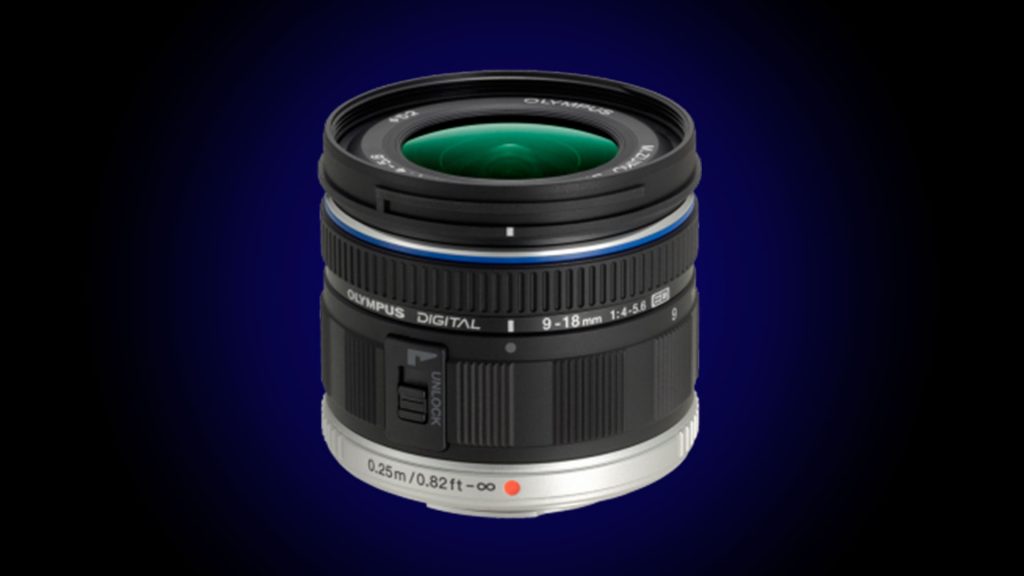
My research led me to a mid-tier lens, the Olympus M.Zuiko 9-18mm wide MFT lens, 18-36mm in full-frame equivalence.
It costs around $600-700/£400-500 and was ideal for getting extra wide on occasions where we had big sets and then to go tighter at 18mm for more intimate two-person interviews.
With COVID restrictions in place the wide focal length of 9mm (18mm FF) really helps us keep that 2m distance between guests.
You do get fisheye creeping in at that length so you have to keep an eye on that as much as possible, but it can be compensated for in post if necessary.
The Pitfalls – Unforeseen Issues With Micro Four Thirds Lenses and Blackmagic Studio Cameras
This lens worked well for us for a good while and meant that we didn’t have to do much lens swapping, the location crew could get by on a couple of Sigma 18-35mm we had and the studio crew had the 9-18mm MFT lens.
There were a couple of downsides I hadn’t accounted for with this lens and the Blackmagic Studio cams though.
The 9-18mm Olympus is a handy lens to have but the price is reflective of the aperture it has, f/4.0-5.6.
I had set the studio up with great lighting but I have to admit, I’d very rarely change from f/4.0. In hindsight it would been better if I’d gone for a slightly more expensive lens with a wider aperture earlier on.
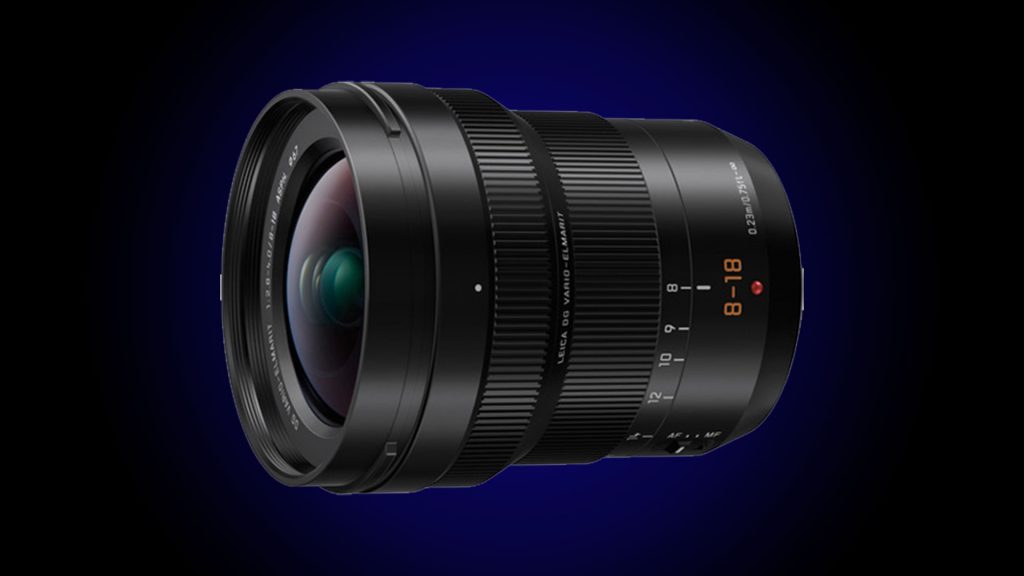
Later on, I decided on the Panasonic 8-18mm f/2.8-4.0 ASPH Vario Lens (16-36mm FF equivalent) at $1,000-1,100/£900-£1,000 which suited my setup much better. Getting down to f/2.8 was a fantastic option to have with the backup of f/4.0 in high light settings.
If you know the focal range you need won’t change and you want the most amount of light possible then lenses like the Sigma 16mm f/1.4 DC DN- at $350-450/£300-400 or the Panasonic Lumix G 14mm f/2.5 at $200-300/£150-250 would be great static wide lenses for the Blackmagic Studio cams.
Bear in mind that in full frame the equivalent would be 28mm or 32mm. So, although they are wide, they’re not super wide.
Now, the Blackmagic Design Studio Cameras are a little different from film and photography bodies, they can be controlled by the gallery/control room remotely.
This brought up another question for any potential lens purchase. Do you want it to have a motorized zoom, iris and focus control?
This is particularly useful if you have camera mounted in positions without a cameraman behind them or on PTZ style heads at venues for examples, then having the ability to remotely control your lens is a great added bonus.
If you do want that great technological advantage then you need to look at lenses with motorised zoom and focus functionality known as ‘active lenses’ for Micro Four Thirds.
There are four approved active lenses for the BM Studio Camera:
- Panasonic Lumix G X Vario PZ 14-42mm f/3.5-5.6 Power O.I.S. Lens
- Panasonic Lumix G X Vario PZ 45-175mm f/4.0-5.6 Zoom OIS Lens
- Olympus 12-50mm f/3.5-6.3 ED M.Zuiko EZ Micro 4/3 Lens
- Olympus 14-42mm M.Zuiko f/3.5-5.6 Digital ED EZ Lens
These lenses range from $200-500/£150-400 and are all controllable via a LANC controller. The approved BM LANC remote for next to camera control is the Manfrotto RC Pan Bar EX Remote Control. It retails for around $300-350/£250-300.

As you can see above, these are all lower to mid-tier lenses with fairly smaller apertures. That doesn’t mean that there aren’t other options available for using active lenses with the Blackmagic Studio Camera. It’s just that they aren’t officially approved for us by BMD.
These are known as Cine-servo lenses and are usually used on large TV studio cameras and feature film cameras due to most of them using B4 mounts.
These lenses also cost into the tens of thousands!
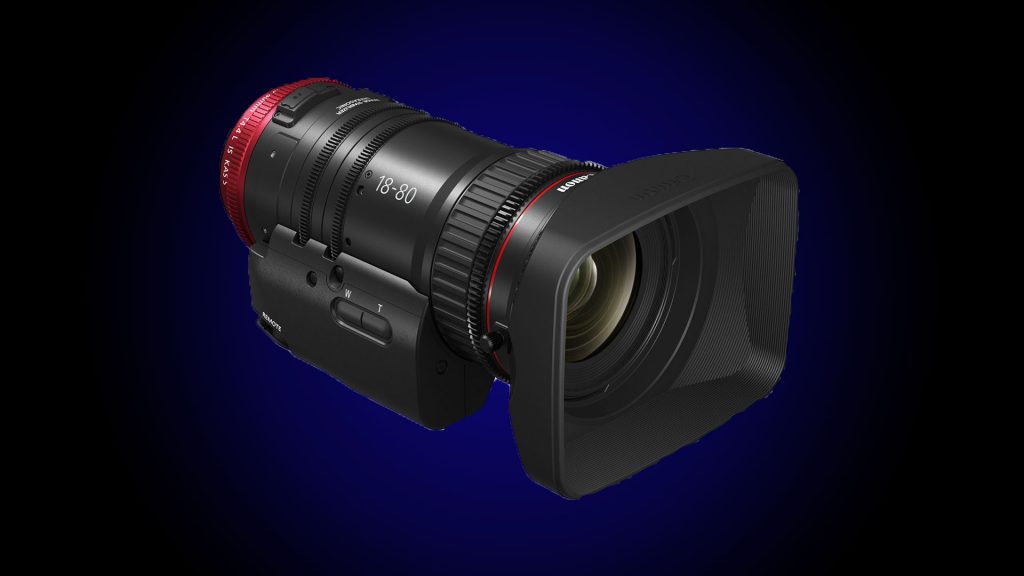
There is a pairing that does work well for this purpose though, and that’s to use the Canon CN-E 18-80 T4.4 EF lens with a Metabones EF to MFT 0.71x Ultra adapter.
This Canon lens is a lower-budget cine-servo lens for ENG style cameras. If we combine the lens’ EF Mount with the Metabones to Mico Four Thirds adapter (rated to be accurate with the CN-E 18-80mm) then we can LANC connect the camera and have a cameraman control the camera or route to the control room and control the lens zoom, iris and focus capabilities from there.
The CN-E 18-80mm from Canon retails for around $4,600/£4,000 and the Metabones adapter for around $650/£600.
The Best Tele Lens for Blackmagic Studio Cameras
So to counteract the forthcoming issues with lighting and eventual double booking of the shoulder cam lenses that were being used in the studio for the talking head shots, I needed to find great but cost-efficient tele lenses for those cams.
I didn’t want to have to get extra Metabones adapters to retrofit other makes of lens mount so I was really looking for the best in class of micro four thirds tele lenses in the 12-100mm range (24-200mm full-frame equivalent field of view).
After a lot of research and budget management, I came to the decision of going with two lenses instead of one. The real front runners in the Micro Four Thirds lens market are Olympus and Panasonic, due to them being the main camera body manufacturers aside from Blackmagic Design.
Panasonic do a great Panasonic Lumix G Vario 14-140mm f3.5-5.6 ASPH Power OIS MFT lens (28-280mm FF equivalent), which would give a great range of length to work with on the studio cameras. The only downside is the f/3.5-5.6 aperture.
As I pointed out earlier, the Blackmagic studio cameras need a decent amount of light on the sensor (Micro Four Thirds cameras have a smaller sensor size) so you need a nice open aperture. f/3.5 just wasn’t going to give me the security I wanted and f/5.6 at the other end was just too small of an aperture to really work with.
When you’re looking for the best Blackmagic Studio Camera lens you need to ensure it fits your needs. An all-in-one lens is always preferable but then again, it’s always hard to find, and even harder to find at a price that doesn’t break the bank.
The lenses I decided on were both Panasonics, the build quality was always a draw for me, a 12-35mm f/2.8 (24-70mm FF equivalent) and a 35-100mm f/2.8 (70-200mm FF equivalent). This would give me range across the 24-200mm focal lengths in a full-frame field of view but spread across two lenses.
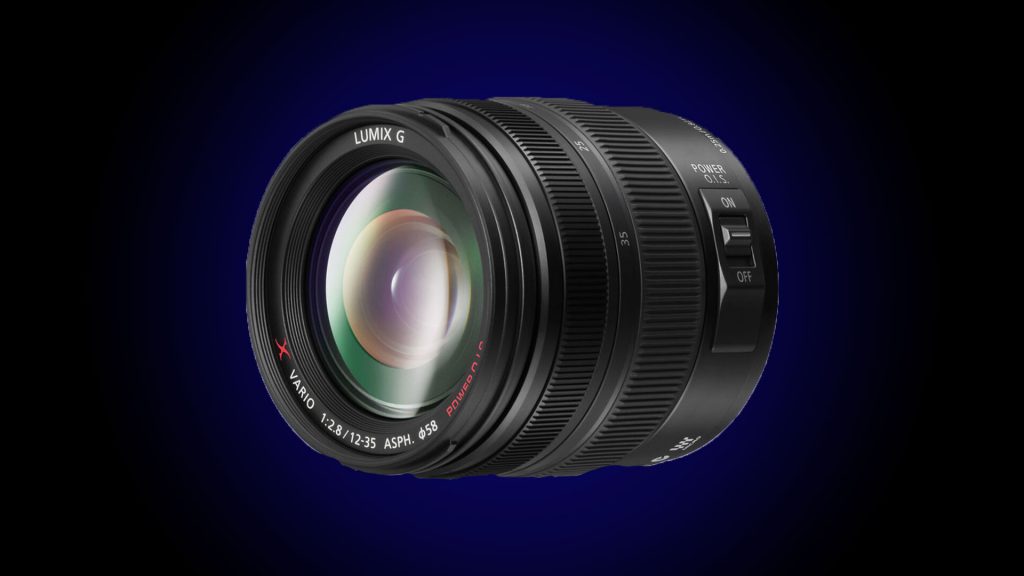
The Panasonic Lumix G X Vario 12-35mm f2.8 II Asph Power OIS was an obvious choice for me. At f/2.8 I had more than enough light to play with on the Blackmagic studio camera sensor and the form factor was beautifully small, just 68x74mm and weighing 305g. An added bonus, though slightly unnecessary for the majority of my setups was optical image stabilization. The studio cameras aren’t designed to be thrown about on your shoulder ENG-style but if your cameraman does need to reframe rather quickly whilst live on the shot then having OIS could be a lifesaver.
The image sharpness is great at f/2.8 and even when you reach the full focal length and knock it down to f/4 the corners are still sharp, though starting to degrade ever so slightly.
The lens is a great price for the focal length, aperture, and form factor it carries, around about $800-1,000/£750-900. It’s definitely a mid-high level lens and certainly one for the category of best Blackmagic Studio Camera lens.

the Lumix G X Vario 12-35mm f/2.8 II ASPH. POWER O.I.S. Lens from Panasonic is designed for Micro Four Thirds cameras, providing a convenient 24-70mm equivalent focal length range. A constant f/2.8 maximum aperture affords consistent performance throughout the zoom range, and benefits working in difficult lighting conditions as well as enables greater control over depth of field.
The next, and last, lens I ended up purchasing for the studio camera was the Panasonic Lumix G X Vario 35-100mm f2.8 II Power OIS. This would give me the equivalent of a 70-200mm full-frame lens field of view. Something often used for talking head shots and nice wide open apertures to get that beautiful shallow depth of field behind the guest’s head.
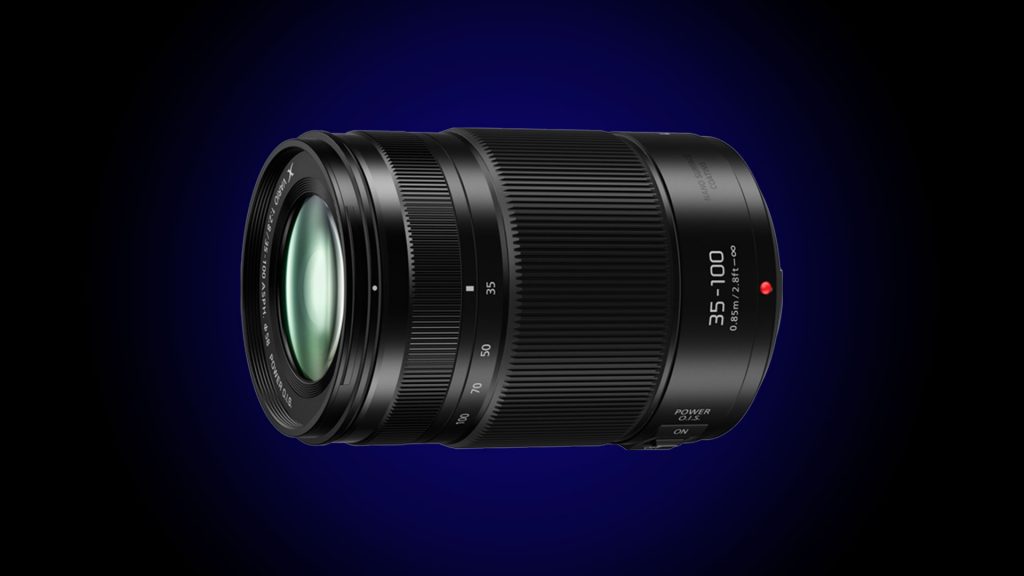
The lens, again, works best at f/2.8 which suits the Blackmagic studio cams down to the ground and its size is incredibly small for a 70-200mm FF equivalent, just 67x100mm. It is heavier than the 13-35mm above, at 357g but that is still light when compared to the full-frame equivalents. This lens will predominantly be on a studio camera that’s on a dolly or tripod as well, so weight doesn’t become so much of an issue here.
The results from this lens are pretty much exactly the same as the 12-35mm above, both being Lumix G Vario lenses. It’s just a shame that Lumix G Vario 14-140mm had such a smaller aperture.
The 35-100mm f/2.8 lens from Panasonic retails for around $900-1,100/£800-900.

Spanning a convenient 70-200mm equivalent focal length range, the Lumix G X Vario 35-100mm f/2.8 II POWER O.I.S. Lens from Panasonic is a telephoto zoom designed for Micro Four Thirds mirrorless cameras. A constant f/2.8 maximum aperture benefits working in a variety of lighting conditions as well as affording notable control over depth of field.
Onwards and Upwards
So with an arsenal of MFT lens up my sleeve, my team and I were now assured that we had lenses purely for the studio and in my opinion, some of the best lenses in this price range for the Blackmagic Studio Cameras. We knew we had the aperture to play with, the focal length and that the results were fantastic too.
That’s the ultimate goal isn’t it?
Use My Experience to Save You Time and Money
This selection was born from years of frustrations, research, and testing so you can be assured that everything I have mentioned above comes with a recommendation made from my own personal experience.
Your studio setup and budget will be different than mine but what you are looking for, on the whole, will not. You want flexibility on set to go tighter with your shots, to get great sharpness, to not have underexposed images, and to not end up paying a fortune on lenses that may or may not produce the results you desire.
The Final Selection of Lenses for the Blackmagic Studio Camera
I believe my selection caters to all of those end goals and having been through those headaches I am positive that I would choose this route again.
My final selection then came down to:
- The Panasonic LUMIX G LEICA DG VARIO-ELMARIT 8-18mm f/2.8-4.0 ASPH Lens – for the wide centre studio camera.
- Two of the Panasonic Lumix G X Vario 12-35mm f2.8 II Asph Power OIS lenses for the two side cameras getting full length to mid-level shots of my guests on camera
- Two of the Panasonic Lumix G X Vario 35-100mm f2.8 II Power OIS for those tight close-up shots with buttery smooth shallow depth of field.
This allowed me to have a range of shot options across my three Blackmagic Studio Cameras with some of the best lenses I could find to work with.
In total it’s five lenses for three cameras, at around $5,000/£3,500 but they are five lenses that I trust will give me the results I need.
As I said near the beginning, investing in your lenses is a far more worthwhile monetary expense than investing in the camera body due to the rapid upgrades that the bodies receive. Lenses stand the test of time longer and putting your money into your lens choice pays dividends in the end.
I hope this has helped you make an informed decision on the best lens choice for the Blackmagic Studio Camera.
Check out some of the best lens deals this Black Friday in this rundown article here:
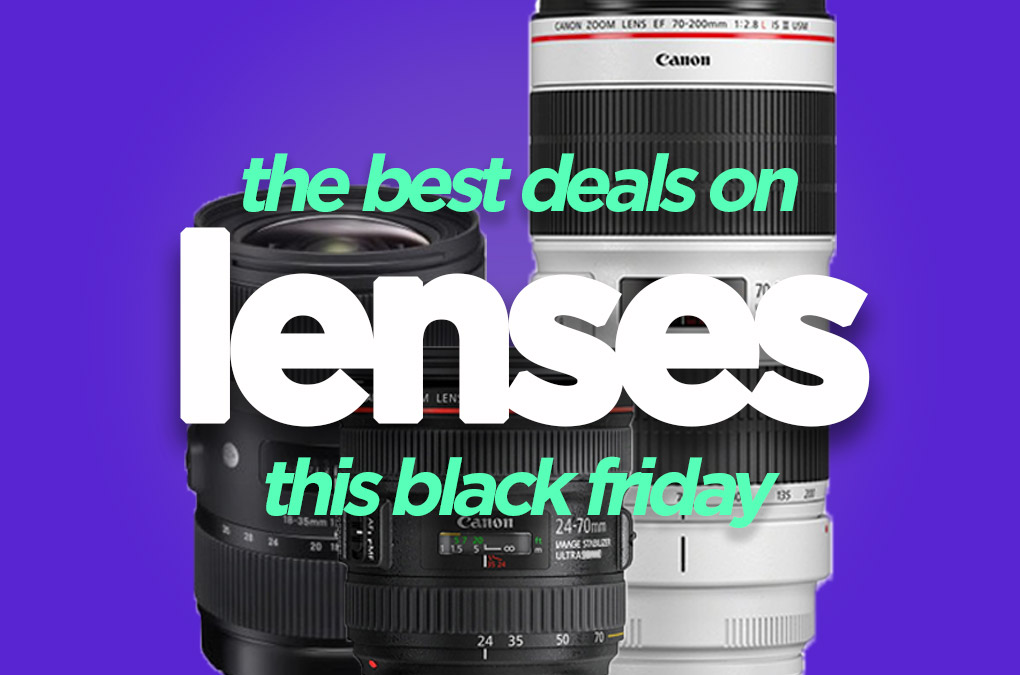
For more content on lenses I have an article dedicated to my favourite lenses to work with as a Videographer here:

DigiProTips


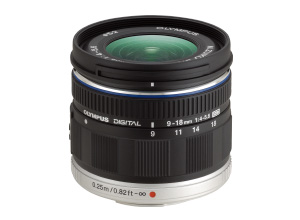

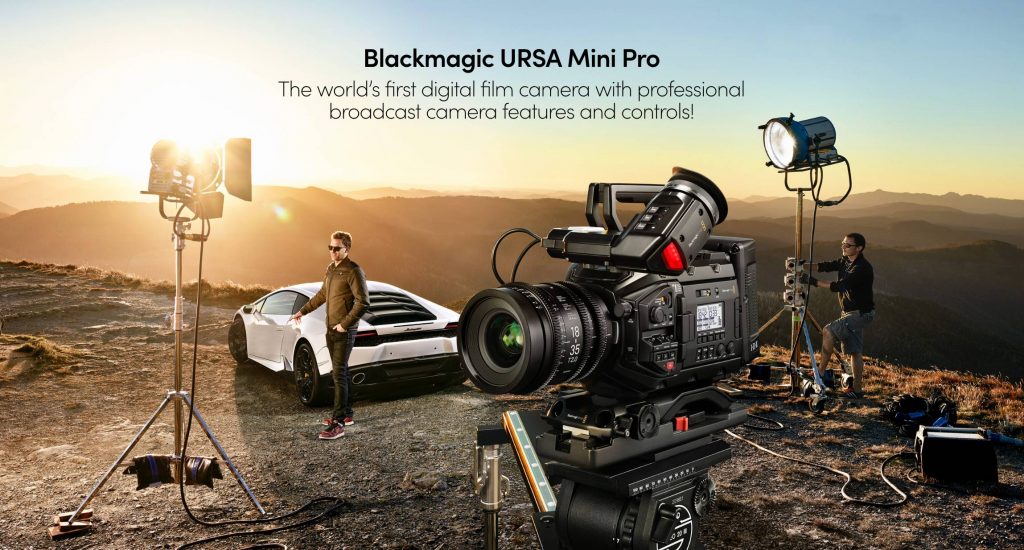

Thanks for this nice piece of advice. Do the lenses you buy have remote focus and zoom control? or do we need to buy a power zoom lens for this?
Hi Ahmet, apologies for the delay. My reply to Arjan below should actually answer your question as well. Hope that helps?
Great article! Thanks for that! I wonder, all the lenses that you have chosen can they fully controlled by the camera? Focus and zoom?
Hi Arjan, no, only the lenses that are about halfway down the article have remote focus and zoom functionality:
Panasonic Lumix G X Vario PZ 14-42mm f/3.5-5.6 Power O.I.S. Lens
Panasonic Lumix G X Vario PZ 45-175mm f/4.0-5.6 Zoom OIS Lens
Olympus 12-50mm f/3.5-6.3 ED M.Zuiko EZ Micro 4/3 Lens
Olympus 14-42mm M.Zuiko f/3.5-5.6 Digital ED EZ Lens
You’ll also need the LANC controller that I mention just under that to control the the focus and zoom from the tripod arm. You should be able to remotely operate from the control room as long as you have an SDI return from your ATEM switcher set up and the CCU software on your PC as well.
Hope that helps?